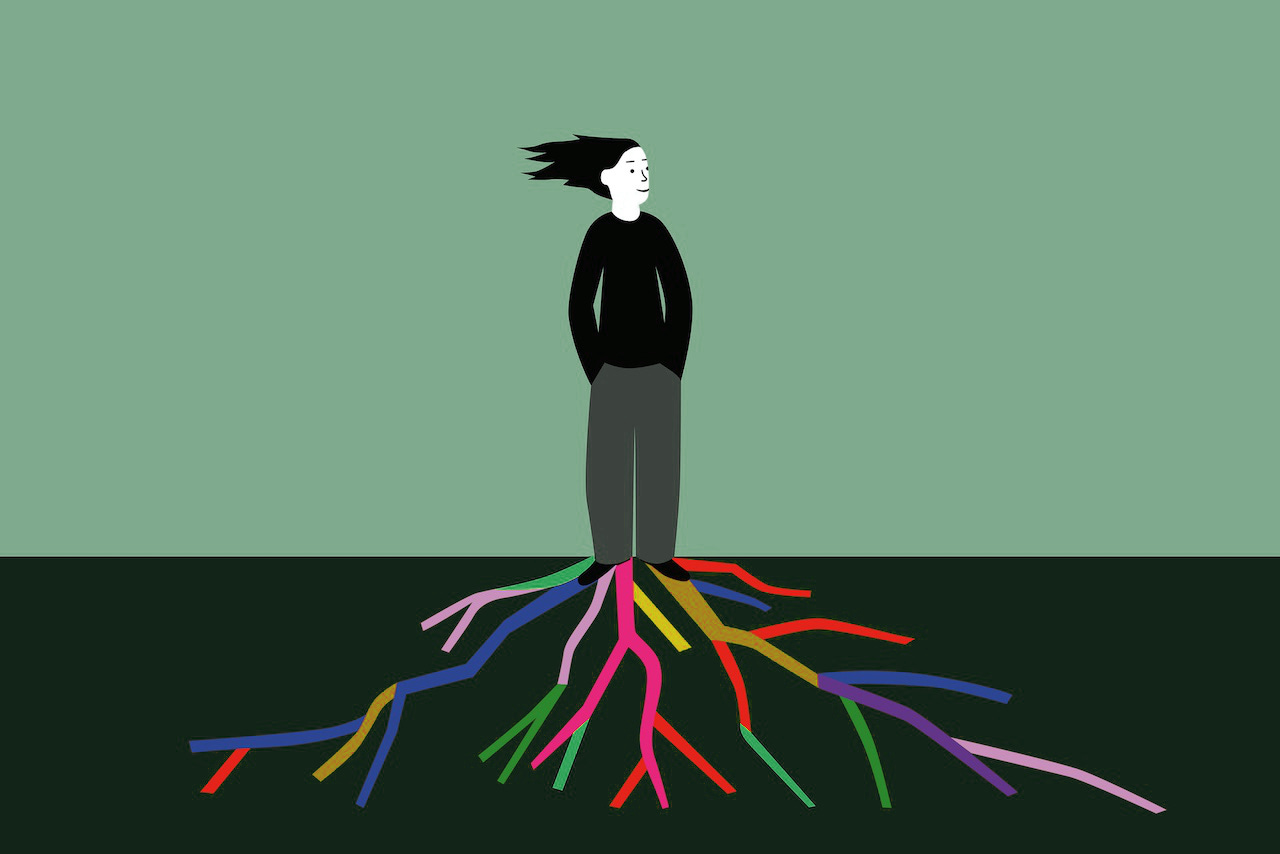Resilience, Identity and Leadership: Lessons from a Navy Seal
In a conversation on the Huberman Podcast, Jocko Willink, retired Navy SEAL and author, shares invaluable insights into resilience, identity, and leadership.
Resilience is an essential psychological trait that enables individuals to face adversity, adapt to challenging circumstances, and emerge stronger.
In a recent conversation on the Huberman Lab Podcast (#104), Jocko Willink, retired Navy SEAL and renowned author on leadership, shared invaluable insights into resilience, identity, and leadership. These insights are not just for military contexts but are applicable in everyday life, relationships, and personal growth. Let’s unpack these lessons through the lens of psychology.
The Foundation of Resilience: Embracing Discomfort
One key theme in Willink’s discussion is the importance of embracing discomfort.
Willink described enduring grueling physical and psychological challenges during his military career, from relentless training sessions to combat missions. His mantra? Recognize that discomfort is temporary and necessary for growth. In psychological terms, this aligns with the concept of stress inoculation: by gradually exposing ourselves to manageable stressors, we become better equipped to handle more significant challenges.
As a psychologist, I see this principle often in therapy. Clients learn to face difficult emotions or situations incrementally. Whether it’s anxiety, loss, or interpersonal conflict, avoidance only magnifies the problem. Embracing discomfort—with support—builds resilience and confidence.
Identity Through Action
Willink emphasized how actions define identity. “The actions you take today will shape your future,” he stated, underscoring the importance of consistency. Neuroscience research by Huberman supports this idea: repeated actions shape neural pathways, reinforcing habits and self-perception.
This is particularly powerful in cases of low self-esteem. When clients struggle with negative self-beliefs (“I’m incapable”), encouraging them to take small, meaningful steps can shift their narrative. For example, setting achievable goals, like initiating one small act of kindness or committing to daily exercise, reinforces an identity of competence and compassion.
Discipline Equals Freedom
A hallmark of Willink’s philosophy is the paradoxical idea that discipline leads to freedom. By committing to structured routines, we reduce decision fatigue and free up mental energy for creativity and problem-solving. Psychological studies on self-regulation support this: routines reduce cognitive load and help maintain emotional stability.
For instance, consider someone dealing with procrastination. Establishing clear routines (e.g., dedicating specific times to work and rest) transforms overwhelming tasks into manageable ones. This structure fosters both productivity and mental clarity. An we all need structure.
Emotional Detachment as a Leadership Tool
Willink’s approach to leadership involves emotional detachment—the ability to step back, assess situations objectively, and make informed decisions. While this might sound counterintuitive in emotionally charged environments, it’s crucial for effective leadership.
Psychologists call this cognitive reframing: the skill of viewing situations from multiple perspectives to reduce emotional bias. In practice, leaders (and anyone navigating conflicts) can benefit by pausing to evaluate their own reactions before responding. Whether mediating workplace tensions or calming a heated argument with a partner, detachment allows for thoughtful, empathetic engagement.
The Role of Play and Relaxation
While discipline and resilience are essential, Willink also highlighted the value of relaxation and play. Whether strumming a guitar or surfing, he uses leisure to recharge. Huberman noted that relaxation fosters creativity and problem-solving, linking rest with productivity.
This duality resonates deeply in mental health. Overwork leads to burnout, undermining resilience. Encouraging clients to schedule downtime—and prioritize activities they genuinely enjoy—is essential for long-term well-being.
Building Connections for Resilience
Both Huberman and Willink touched on the importance of social bonds. Willink’s reflections on camaraderie in the SEAL Teams underscore that shared challenges and mutual support fortify resilience. Yet, as Huberman noted, many people struggle with loneliness—up to 80% of men report lacking a close friend.
Therapeutically, fostering social connections can be transformative. Whether through group therapy, community involvement, or rekindling relationships, meaningful connection builds emotional resilience and provides a buffer against stress.
Practical Takeaways for Daily Life
Embrace discomfort incrementally: Face small challenges regularly to build your “resilience muscle.”
Actively shape your identity: Define who you want to be through intentional, repeated actions.
Create structure: Develop routines to reduce stress and increase focus.
Learn emotional detachment: Practice stepping back and viewing situations objectively.
Prioritize relaxation: Schedule time for play, creativity, and rest.
Invest in relationships: Strengthen your support network; connection is key.
By applying these principles, rooted in both psychology and lived experience, we can cultivate resilience and lead ourselves and others effectively.
Whether navigating personal setbacks or supporting others, resilience is a skill anyone can develop. As Willink aptly reminds us, resilience requires action—but the rewards are transformative.


